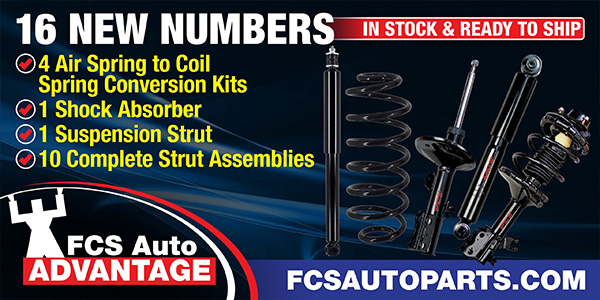A 1999-2002 S60, S80, V70 or XC70 model may exhibit alternator charging problems. Analysis of damaged alternators shows that the regulator may get damaged due to extreme weather conditions with high temperature and high humidity. The regulator may fail in two phases.
Early failure phase:
• Normal charge when the engine is cold;
• Low charge (10-11 volts) when the charge regulator is hot (after 20-30 minutes driving, with high alternator charging current);
• Poor or discharged battery, with no-start conditions; and/or
• Charge indicator in DIM only when battery voltage is low.
Late failure phase:
Later, the regulator may break down and cease to function, and the following conditions may apply.
• No charging or overcharging;
• Poor or discharged battery, with no-start conditions;
• Vehicle may stop during driving (due to discharged battery);
• Message in DIM LOW BATTERY VOLTAGE or CHECK EL SYST;
• One or more DTCs: CEM: 0C01,0C02,0C04,0C05. ECM: 801D,91E0. ABS: 0074,0077; and/or
• Charge indicator in DIM when DTC is set.
A new type of regulator (P/N 8637851) was introduced in production from model year 2003.
Service:
The new regulator (P/N 8637851) also fits the older alternators that previously used the regulator (P/N 9459741). This regulator can be used on all S60, S80, V70 and XC70 models.
Replace the regulator. Refer to VADIS for methods.
For additional information, visit www.alldata.com.
Technical service bulletin courtesy of ALLDATA.











